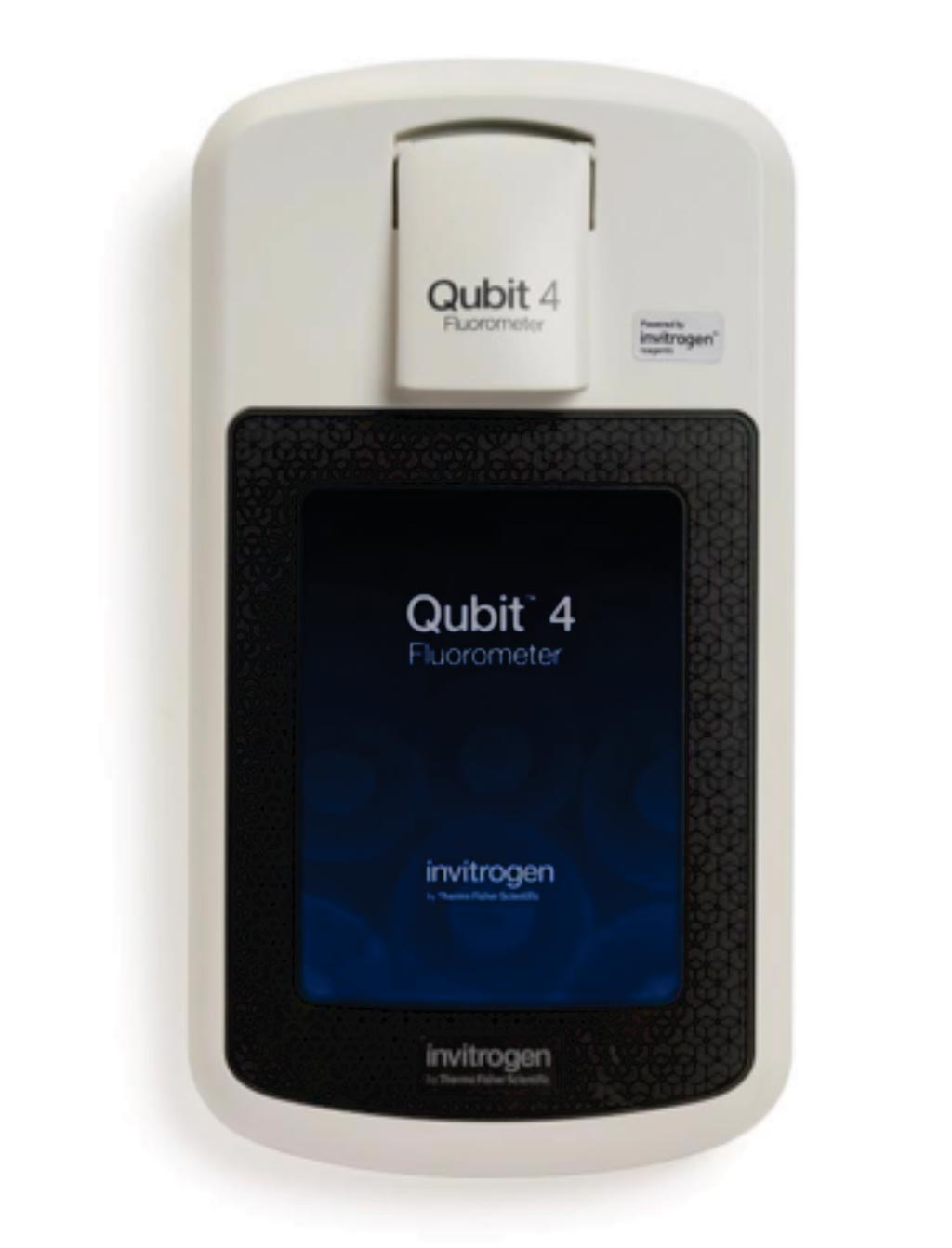Multiple Myeloma Subtypes Linked to Patient Ancestry
By LabMedica International staff writers
Posted on 23 Oct 2018
Multiple myeloma (MM) is two- to three-fold more common in African Americans compared to European Americans. This striking disparity, one of the highest of any cancer, may be due to underlying genetic predisposition between these groups.Posted on 23 Oct 2018
African Americans (AAs) have a 2–3-fold higher prevalence of monoclonal gammopathy of undetermined significance (MGUS) and a similarly higher incidence of MM, along with approximately 4-year younger age of onset compared to European Americans (EAs).

Image: The Invitrogen Qubit 4 Fluorometer is the next generation of the popular benchtop fluorometer designed to accurately measure DNA, RNA, and protein quantity (Photo courtesy of Thermo Fisher Scientific).
An international team of scientists led by those at the Mayo Clinic (Rochester, MN, USA) performed cytogenetic analyses, genotyping, and genetic ancestry profiling on samples from 881 individuals with monoclonal gammopathy, a set of blood plasma cell neoplasms ranging from non-cancerous conditions that increase myeloma risk, such as MGUS to multiple myeloma itself. Patients were identified who had an abnormal plasma cell proliferative disorder fluorescence in situ hybridization (FISH) result and a concurrent conventional G-banded chromosome evaluation as part of routine clinical testing.
DNA was isolated from fixed cell pellets from residual chromosome studies that yielded normal results using the DNeasy Blood and Tissue Kit. DNA was quantitated using a Qubit Fluorometric Quantitation Instrument and 100 ng of DNA (5 ng/μL) was used for genotyping on a 96-well Axiom array, the Precision Medicine Research Array (PMRA).
The scientists estimated that the risk of developing one of three multiple myeloma subtypes, marked by the so-called t(11;14), t(14;16), and t(14;20) translocations, affecting an immunoglobulin heavy chain gene on chromosome 14, jumped by roughly 6% for each 10% increase in African ancestry. Compared to 235 individuals with less than 0.1% African ancestry according to their genomes, the individuals with at least 80% African ancestry also appeared less likely to develop multiple myelomas marked by trisomies and specific chromosome 13 alterations.
The authors concluded that future studies will include enlarging their 80% or greater African ancestry cohort and increasing the granularity of their studies with regards to specific regions within Africa. Understanding the cause of health disparities in monoclonal gammopathies has the potential to provide previously unrecognized interventions. The study was published on October 10, 2018, in the Blood Cancer Journal.
Related Links:
Mayo Clinic







 assay.jpg)





